Is Oxygen Necessary At End Of Life
This book is about my experience adjusting to life at the end of an oxygen tube. Dyspnea at rest or oxygen dependence at rest, orthopnea, accessory muscle use, paradoxical abdominal motion, respiratory rate >20, speech greatly reduced in quantity, volume, intelligibility, weak cough, sleep disordered breathing.
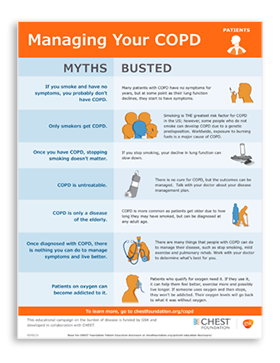
Chronic Obstructive Pulmonary Disease Copd
After the food stuff has been processed, through either glycolysis, b oxidation or amino acid catabolism, in the presence of oxygen, the products will be sent to the krebs cycle.

Is oxygen necessary at end of life. The family asks you to please call respiratory therapy to see what they can do to help his breathing. Whilst i’m not saying hayfever cannot be debilitating or even life threatening, whatever happened to the saying “put the oxygen mask on yourself first”? 1) dementia was indicated in 20 (30%) patients and 23% of the patients were reliant on intravenous nutrition.
Your skin may look slightly blue because of a lack of oxygen in your blood. Frequently, oxygen is continued in patients who are deeply unconscious and in their final hours of life. In the latter case, there is no waste of oxygen, which further reduces the size of the concentration.
Oxygen flow is delivered continuously or by pulse. I was a trainer and assessor who produced ‘all steps shown’ manuals for my students. There are no specific best practice guidelines on the use of oxygen at the end of life.
Oxygen treatment was required for 45% of the patients. The goals are to prevent or relieve suffering as much as possible and to improve quality of life while respecting the dying person’s wishes. I use those skills in this practical book to share my experiences, sometimes amusingly, about living at the end of an oxygen tube.
You are probably reading this because someone close to you is dying. The old adage just isn’t true that stopping palliative oxygen is akin to removing a sustaining, meaningful treatment when people are most vulnerable.” abernethy says that when it comes to care toward the end of life, timing matters more than ever. Critically impaired breathing capacity and invasive ventilation declined as indicated by fvc < 40% and at least two (if no fvc then at least three of the following), with or without:
The goals are to prevent or relieve suffering as much as possible and to improve quality of life while respecting the dying person's wishes. If we cannot support the needs of nurses and health professionals, is it little wonder they struggle to meet the very human needs of their patients, particularly those who are dying or in palliative care, the er, icu or the 60,000 who die in aged care. You wonder what will happen.
It is care that helps or soothes a person who is dying. It is care that helps or soothes a person who is dying. 4,13 they can perform their duties by providing their patients with detailed information about the benefits, limitations, and disadvantages of these.
There is research saying that administering oxygen as the end of life approaches doesn’t prolong life or even have any beneficial effects. You are probably reading this because someone close to you is dying. Hiroaki watanabe, md department of palliative care komaki city hospital komaki.
Some help for excretion was required by 70% of the patients. J is in the final hours of life. The first distinction that must be made is between the use of oxygen in unconscious and conscious patients.
2) 70% of a main care giver were woman and the average number of persons per household was 2.0. Withdrawal of oxygen therapy is, of course, not easy. It can also be prescribed for palliative care or dyspnea at the end of life.
This is known as cyanosis. Comfort care is an essential part of medical care at the end of life. Given the negative aspects of oxygen therapy, it is likely that during end of life care, the burdens of oxygen therapy may well outweigh the benefits in a significant proportion of patients.
Literature review on this topic has suggested that oxygen use may prolong the dying process motivating force for prescribing palliative oxygen: Perhaps clinical practice and decisions are more M into the emergency department.
It states that the physical body is so compromised due to decreased circulation and lung congestion that there is no effect. Find more information about the last hours and days of life, including advice for carers and relatives. Does the use of oxygen prolong death?
T wo medics roll mrs. What you can do to practically care for someone who is in their last days and hours of life (pdf, 210kb) It just so happens, the oxygen is necessary for accepting these electrons at the end of the oxidative process, but lets not get ahead of our cells.
It can cause distress, feelings of abandonment and fear that life may be shortened.

Oxygen - Global

Administration Of Supplemental Oxygen Nejm
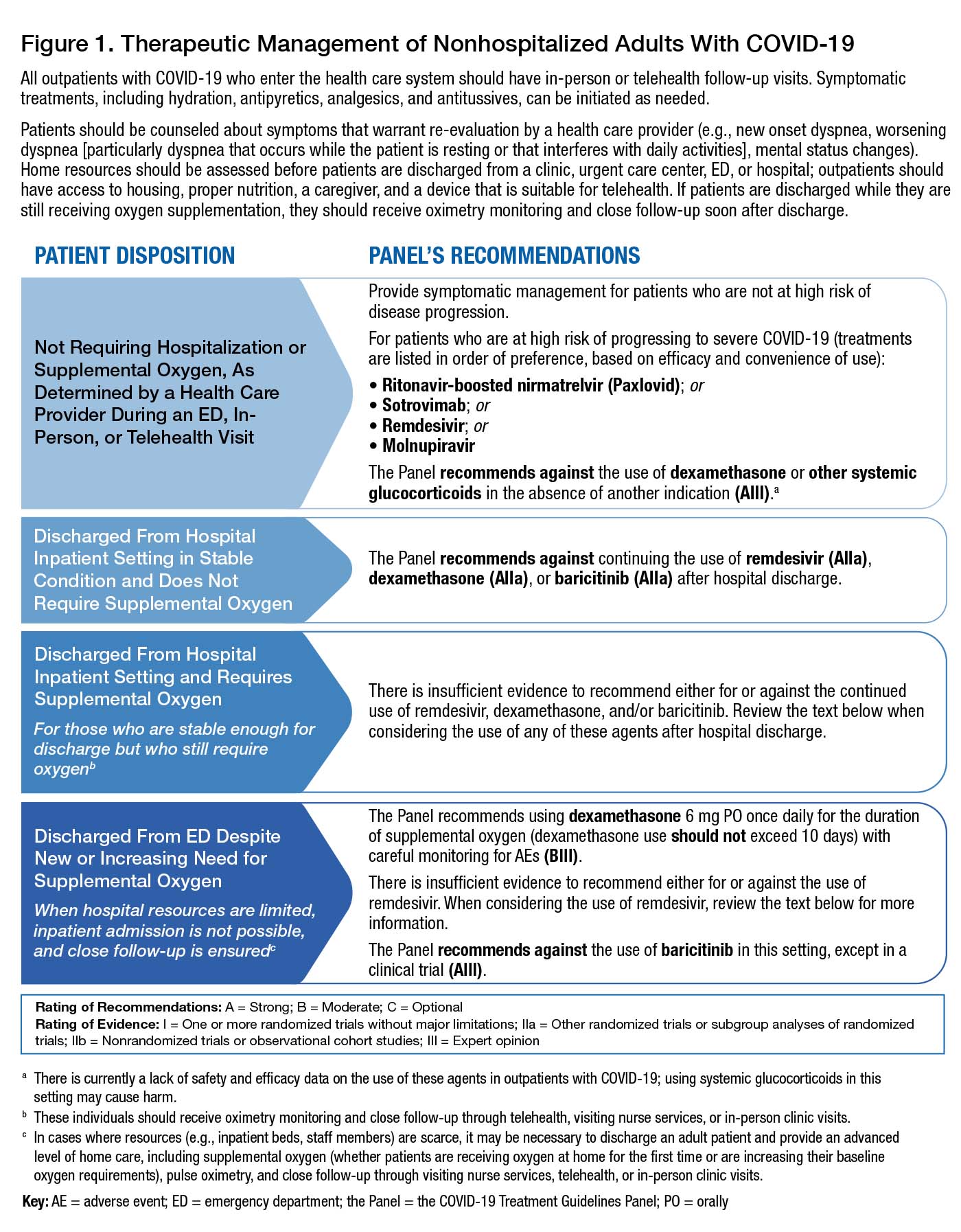
Nonhospitalized Adults Therapeutic Management Covid-19 Treatment Guidelines
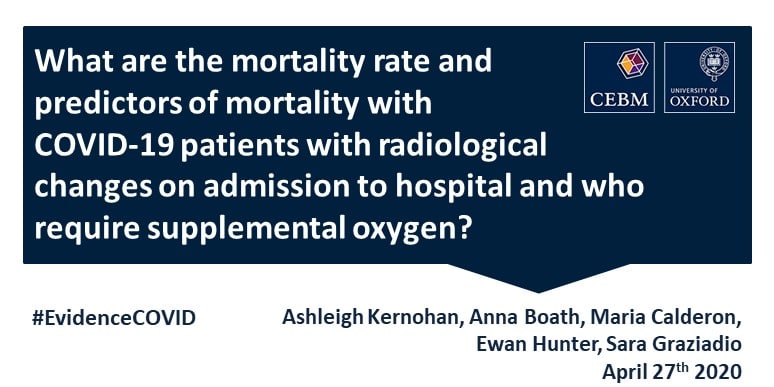
Mortality In Covid-19 Patients With Radiological Changes On Admission - The Centre For Evidence-based Medicine

Why Is Important The Oxygen Dissolved In Water

Do Essential Oils Expire Average Shelf Life And How To Extend

Oxygen - Global

Oxygen Bar Benefits Risks What To Expect Cost And More
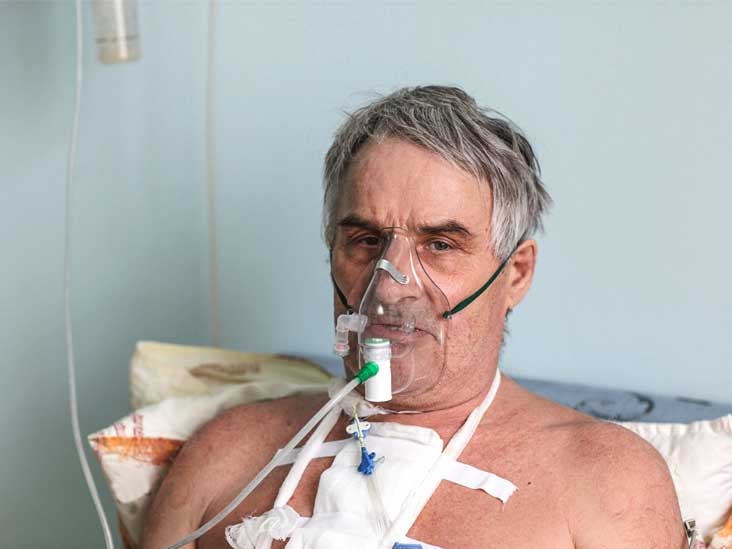
Seriously Ill Too Much Oxygen Dangerous

Every Breath You Take The Process Of Breathing Explained Nursing Times

Oxygen - Global

Oxygen Saturation Respiratory Rate Predict Covid-19 Mortality
.jpg?width=960&name=Cerebral%20Hypoxia,%20Cerebral%20Anoxia,%20Oxygen%20Deprivation%20(1).jpg)
How Long Can The Brain Go Without Oxygen What Happens

Administration Of Supplemental Oxygen Nejm
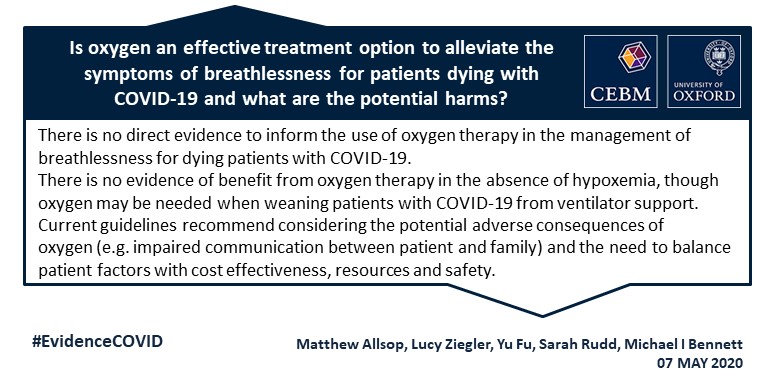
Is Oxygen An Effective Treatment Option To Alleviate The Symptoms Of Breathlessness For Patients Dying With Covid-19 And What Are The Potential Harms - The Centre For Evidence-based Medicine

How Does Oxygen Get In The Blood British Lung Foundation

4 End-of-life Care Hospice Care Nursing Care Plans - Nurseslabs

Oxygen - Global

Oxygen - Global